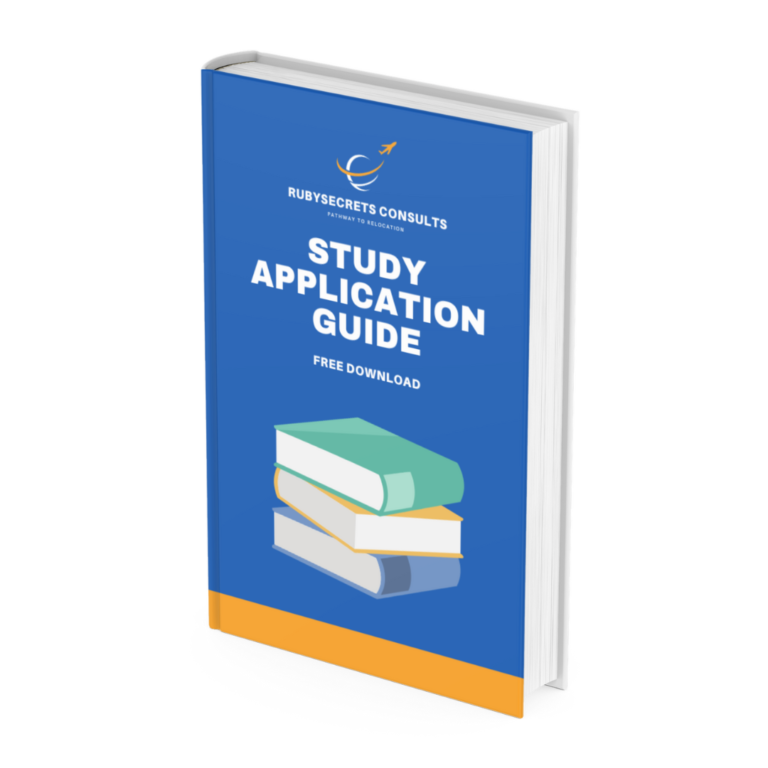Companies worldwide are constantly searching for top talent—but with increasing competition, how do you make sure you’re the candidate they choose? Whether you’re in tech, finance, healthcare, engineering, or any high-demand field, positioning yourself strategically can unlock life-changing career opportunities abroad.
The key? International employers don’t just want qualifications—they want professionals who are adaptable, globally aware, and equipped with the right mix of certifications, experience, and mindset.
With immigration policies evolving and hiring processes becoming more selective, standing out requires a proactive, tailored approach. Here’s how to refine your profile and align with global hiring expectations.
What International Employers Really Look For
Beyond technical skills, companies hiring globally prioritize candidates who demonstrate:
✅ Adaptability – Can you thrive in diverse work environments?
✅ Cross-Cultural Competence – Do you understand global business norms?
✅ Specialized Certifications – Do you have industry-recognized credentials?
✅ Problem-Solving & Innovation – Can you drive results in competitive markets?
✅ Legal & Immigration Readiness – Are you eligible to work abroad, or can you secure a visa?
Employers also favor candidates who understand local compliance, work authorization rules, and relocation logistics—making your application smoother and more attractive.
How to Make Your Profile Irresistible to Global Employers
1. Optimize Your Resume for International Standards
Follow ATS (Applicant Tracking System) formatting (simple, keyword-rich, no graphics).
Highlight global experience—remote work, international projects, multilingual skills.
Include visa eligibility (e.g., “Eligible for H-1B, TN, or EU Blue Card sponsorship”).
2. Build a Strong Digital Presence
LinkedIn Profile: Use a professional headline (e.g., “AI Engineer | H-1B Visa Eligible | Seeking US Tech Opportunities”).
GitHub/Portfolio: Showcase projects, patents, or open-source contributions.
Personal Website/Blog: Demonstrate thought leadership in your industry.
3. Acquire In-Demand Certifications
Tech: AWS, Google Cloud, CISSP, PMP
Finance: CFA, CPA, FRM
Healthcare: USMLE, PLAB, CGFNS
Engineering: PE License, Six Sigma
4. Network Strategically
Engage with recruiters on LinkedIn.
Attend global job fairs and industry conferences.
Join professional associations (IEEE, IET, etc.).
5. Understand Visa Pathways
H-1B (US): For specialty occupations (tech, finance, engineering).
EU Blue Card: For highly skilled professionals in Europe.
Canada Express Entry: Points-based system for skilled workers.
UK Skilled Worker Visa: Employer-sponsored roles in shortage occupations.
Knowing which visas you qualify for makes you a low-risk, high-reward hire.
Industries with the Highest Global Demand
| Industry | Top Hiring Countries | Key Skills Needed |
|---|---|---|
| Tech (AI, Cloud, Cybersecurity) | USA, Canada, Germany, UK | Python, AWS, Machine Learning |
| Finance & Banking | USA, UK, UAE, Singapore | CFA, Risk Management, FinTech |
| Healthcare (Doctors, Nurses) | USA, UK, Australia | USMLE, OET, NCLEX |
| Engineering (Civil, Mechanical, Electrical) | Canada, Germany, Australia | PE License, AutoCAD, Six Sigma |
Common Mistakes That Disqualify Global Candidates
❌ Generic resumes (not tailored to the country/industry)
❌ Ignoring visa requirements (applying without work authorization clarity)
❌ Weak online presence (no LinkedIn or portfolio)
❌ Poor interview preparation (not researching cultural expectations)
Pro Tip: Companies prefer candidates who already understand relocation and visa processes—so demonstrate that knowledge early.
Here’s how to choose the best study destination
Next Steps: How to Get Noticed by International Employers
Refine Your Resume & LinkedIn – Align with global hiring trends.
Pursue Certifications – Boost credibility in your field.
Network with Recruiters – Attend virtual job fairs and LinkedIn events.
Research Visa Options – Know which countries and companies sponsor talent like you.
Prepare for Interviews – Practice cross-cultural communication and case studies.
Want personalized guidance? If you’re ready to stand out in the global job market, click Book a Consultation to speak with a career strategist and immigration expert.
Have questions? Drop them below—we’ll help you craft a winning international job search strategy! 🚀. You can also Read How To go From H-1B to EB1-A Green Card


